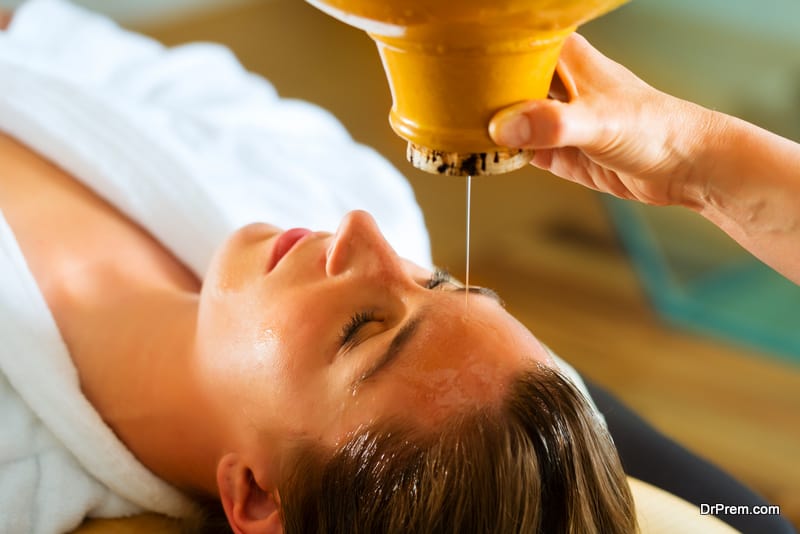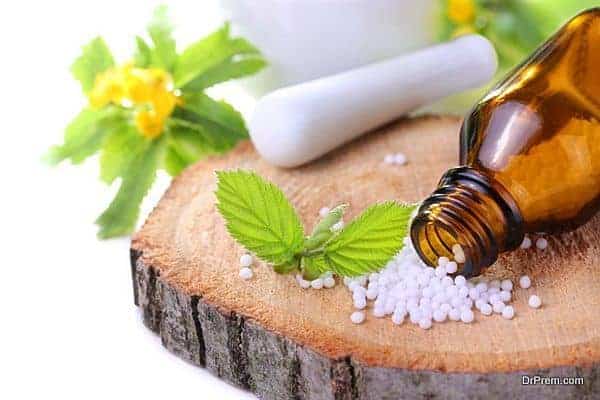If you have to choose any particular things, you will certainly go for the place, which is more popular for it. Like for example, if you have a choice of selecting between Naples and Nashville for your Margherita Pizza, I am sure which one you will go for. Same is the case with medical treatments, if you have to take a Thai massage, selecting between Bangkok and Brussels will not be difficult.
In healthcare services, certain places develop more expertise compared to others, it could be because such procedure has been part of that country’s culture or was discovered centuries ago and has been perfected over the years. One example that comes to mind is of Ayurvedic medicine, which was invented in Indian centuries ago and practiced till now.
Ayurveda a big draw in Indian medical and wellness tourism
-
How is growing wellness tourism boosting traditional healing practices?
-
Ayurveda tourism – How is it one of the pillars in Indian medical tourism as people look for medical wellness?
How is growing wellness tourism boosting traditional healing practices?
Wellness tourism is a sub category of health tourism, it adds to the increasing appeal of traveling overseas for healthcare. It involves a wide range of activities for the health conscious people, which include spa treatments, yoga, alternative medicine, meditation and various therapies.
Wellness tourism is a broader term than medical tourism. Wellness tourists travel overseas for spa and preventive health services, DNA testing, wellness vacations, stem cell banking and diagnostics. It is constitute of parts like Ayurveda, spas, acupuncture, Chinese medicines and steam bath.
Ayurveda tourism – How is it one of the pillars in Indian medical tourism as people look for medical wellness?
The centuries-old Ayurvedic medicine system and Yoga is boosting medical tourism in India with Ayurvedic and yoga resorts witnessing huge tourist footfalls every year. While medical tourists look for excellent healthcare services at affordable rates, they also take interest in Ayurveda treatment packages clubbing with other recreational activities for faster recuperation. They undergo various health restorative alternative treatments combining Ayurveda, yoga, meditation, nutritional therapies, herbal oil treatments, massages and the like in selected wellness centers and resorts.
Kerala has emerged as the Ayurveda tourism hub of India for its signature Panchakarma and other traditional therapies that boost immunity along with treating certain condition. Sensing the ever increasing demand for traditional Indian healing practices, FICCI has launched a task force for Ayurvedic Tourism with selected wellness centers to create new solutions and set SOPs for health safety of medical and wellness tourists.
Ayurvedic medicine and its origin in India
The concept of Ayurveda dates back to 3000 BC, which is the contemporaneous to the era when Vedas came into existence. It has become an undividable part of wellness tourism. Ayurveda combines Ayur and Veda, which means life and knowledge. It further means the science of life or the science of healing that enhances longevity. It has eight subsections, which include surgery, internal medicine, organic medicine, spiritual healing and pediatrics, together with rejuvenating remedy, aphrodisiac remedies and toxicology.
Charak Samhita, Sushrut Samhita and the Ashtangha Hridaya Samhita are the most famous ayurvedic texts. Charaka and Sushruta wrote the first two texts respectively and the third one is a combined version that includes detailed information of both the texts.
According to Ayurvedic science, human body is comprised of five basic elements, air, fire, water, space and the earth. It is aimed at balancing these five elements through the dietary and life style changes because it believes that an imbalance of these elements is responsible for any disease state. Ayurveda treatment usually takes a long time to show its results while treating certain chronic diseases.
Ayurveda usually have no side effects as only natural therapies are used for the treatment. It is an alternative system of medicine providing treatment for all psychological and physiological diseased conditions. It is safe, natural, highly effective and less expensive system of restore and maintains health and happiness of the mind and body. Every year, many people from western countries fly to countries like India and Sri Lanka, to get the experience of Ayurvedic treatment.
Ayurvedic medicine & therapeutic procedures
According to Ayurveda, all diseases are caused by commotions in a person’s mental stability and if one of the three states of mind known as Trigunas is misbalanced, then problems start occurring. The treatment thus involves use of natural products like herbal supplements, oils and juices as well as therapeutic procedures and massages in place of complex surgeries.
There are treatments, which work to cure specific disorders, let us briefly look at some of them in the following section.
- Dhanyamla Dhara: In this treatment herb, infused liquid is gently warmed and applied all over patient’s body in rhythmical fashion for one hour every day for treating arthritic pain as well as post paralysis atrophy.
- Nasyam: In case patient is suffering from brachial neuralgia, sinusitis, facial paralysis or headaches then this treatment proves to be quite useful. In Nasyam herbal powders and juices are applied from nostrils for one to two weeks as part of the treatment.
- Sirodhara: In this procedure, medicated oils are flow over patient’s forehead for sixty minutes for treating problems like anxiety disorder, insomnia and several other problems.
Apart from these treatments, there are several others performed in Ayurveda and there are different total body care courses, which involves a combination of different procedures and aim to work as preventative care against diseases.












